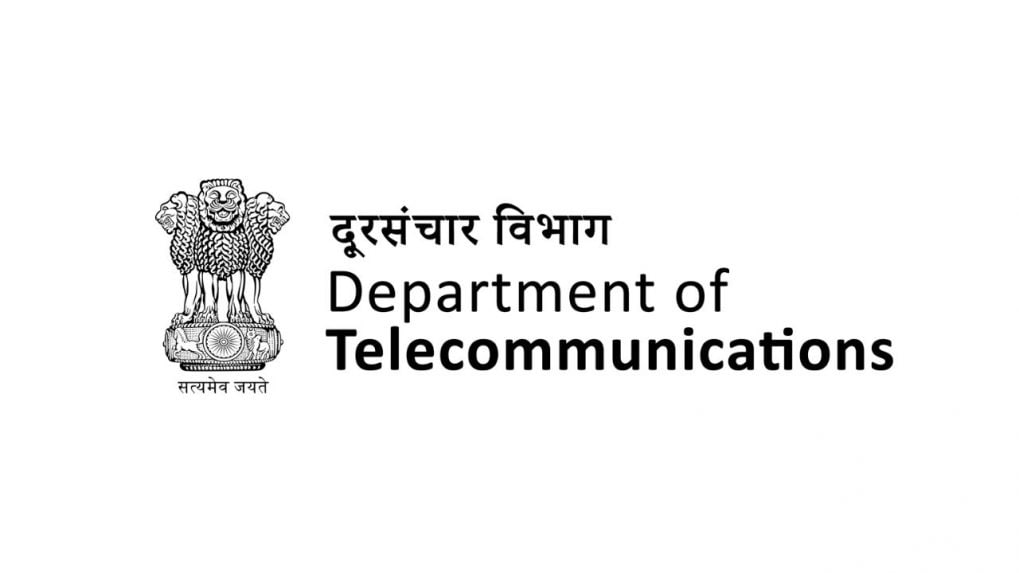DoT directs ISPs to adopt “.in” domain, synchronize timekeeping in nationwide internet oversight push
Telecom department mandates top-level domains and precise clock alignment with government servers as India tightens digital infrastructure standards among licensed ISPs.
ADVERTISEMENT
In a mandate released on June 19, 2025, the Department of Telecommunications (DoT) instructed all licensed Internet Service Providers (ISPs) to switch critical and essential services to the “.in” domain and ensure their network devices synchronize system clocks with official National Informatics Centre (NIC) or National Physical Laboratory (NPL) Network Time Protocol (NTP) servers.
The circular under the 'Unified License regime for ISP authorization', highlights two core priorities: reinforcing national internet identity and enhancing cybersecurity protocols through precise time alignment.
"Reference is invited towards the adoption of .in domain and it is hereby advised that all websites and web related services for critical and essential services being carried out at your end may be carried out on .in domain.
Further reference is also invited towards the fact that Legal Metrology under Department of Consumer Affairs has released the draft Legal Meteorology (Indian Standard Time) Rules, which are currently at consultation stage. It is hereby advised and sensitized that the draft Rules be gone through and necessary preemptive action(s) and readiness be initiated please," the circular said.
The registry has formulated new policies for the registration and administration of .in domain names. The goal is to make .in domain names easier to use, and a way of making the Internet available to more Indian citizens. These policies generally took effect January 1, 2005. General pricing include second level domain, e.g. .in: Rs 400; third level domain, e.g. co.in, net.in, org.in: Rs 300; and RGP Restore Fee: Rs 1000
By promoting the exclusive use of “.in” domains for essential online services, the DoT aims to fortify India’s digital architecture and protect its digital sovereignty against potential foreign domain risks. In addition to that, time synchronization is crucial for accurate system logs, incident forensics, and coordinated response actions. Misaligned clocks can undermine security audits and legal timelines—hence the mandatory sync with government-sanctioned time servers.
The adoption order applies to all ISPs holding Category A, B, or C licenses and requires them to complete compliance within a timeline set by the DoT.

